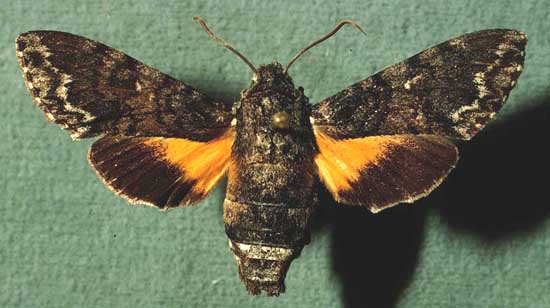
Cautethia spuria female courtesy of Dan Janzen.
This site has been created by Bill Oehlke.
Comments, suggestions and/or additional information are welcomed by Bill.
TAXONOMY:
Family: Sphingidae, Latreille, 1802 |
|
|
Updated as per http://biological-diversity.info/sphingidae.htm (Belize), November 2007 Updated as per Fauna Entomologica De Nicarauga, November 2007 Updated as per The Known Sphingidae of Costa Rica, November 2007 Updated as per personal communication with Anna & Frank West (July 2005; 3700ft); April 26, 2022 |

This site has been created by Bill Oehlke.
Comments, suggestions and/or additional information are welcomed by Bill.
TAXONOMY:
Family: Sphingidae, Latreille, 1802 |
The upperside of the forewing is pale silvery gray with black markings; in some moths the wing base may be very dark. The upperside of the hindwing is deep yellow with a black border that covers more than half the wing.
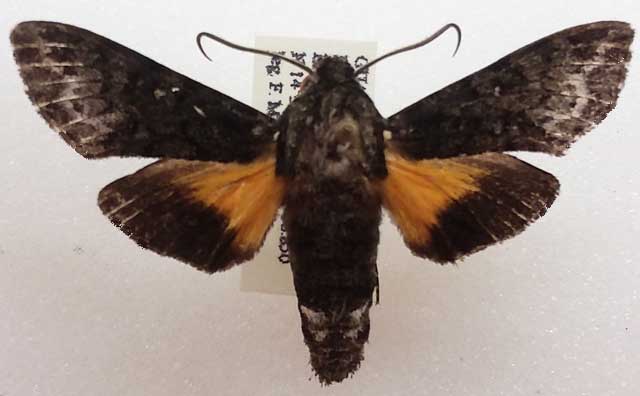
Cautethia spuria 50mm, Suchitepequez, Patulul, Guatemala,
July, 2005, 3700ft, courtesy of Anna & Frank West.
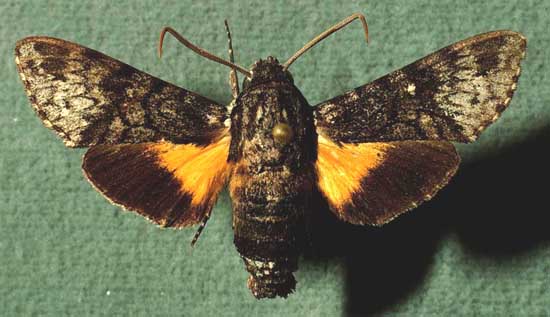
Larvae have a long dark "anal horn" in the first instar. | 
|

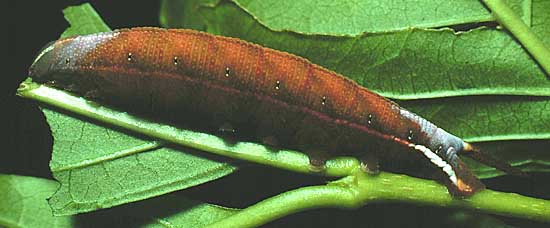
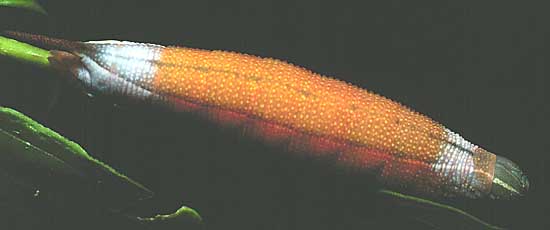
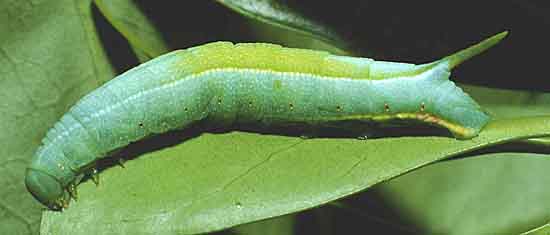
Moths emerge in as few as fourteen days from pupation, although a full month seems to be more typical.
Larvae are subject to parasitization from Belvosia sp. 7 of the Tachinidae family.
Use your browser "Back" button to return to the previous page.
Goto Main Sphingidae Index
Goto Macroglossini Tribe
Goto Central American Indices
Goto Carribean Islands
Goto South American Indices
Goto U.S.A. tables